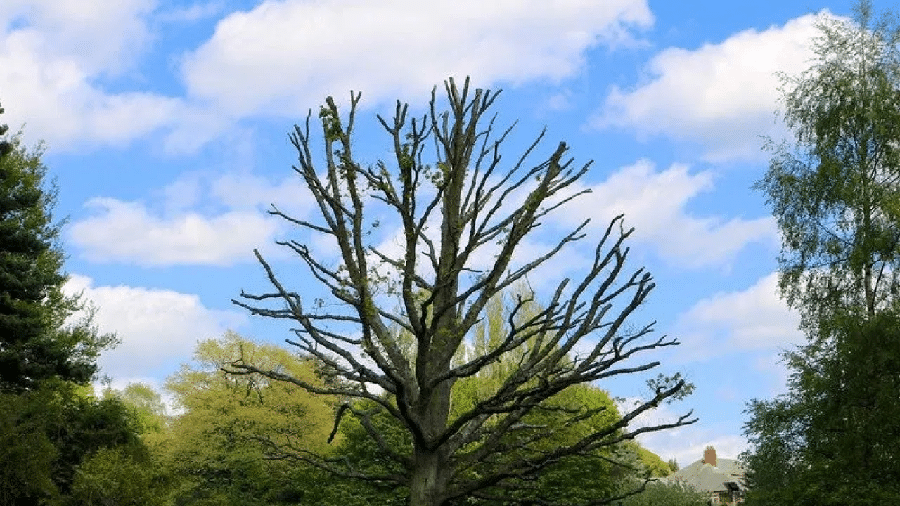Fall is here! The trees are shifting from their normal green to those beautiful bright yellows, deep oranges, and caramel browns. As winter approaches, the trees shake themselves clean of their leaves and brace for winter.
Each year the trees go through this cycle, but why?
Chop Tree Service, a certified tree arborist in West Michigan with decades of experience preserving trees in their local communities, has put together a list of facts about trees in the fall that will totally shock you…
1. Fall is the Best Time to Put Down Some Roots
For trees, that is! In the Fall, trees have less to do in the fall, so they can take all that energy and use it to mature and become more established. Deciduous trees—the ones you watch change into beautiful colors and drop their leaves every year, use that energy to grow and expand their root systems. Those beautiful deciduous trees you see are…
- Maples
- Oaks
- Cherry
- Poplar
- Birch
- Elm
- Willows
Once these trees expand their root system, they will have easier access to all the water and nutrients they need to add leaves and mature during the growing season.
The cooler temperatures in the Fall promote and encourage the root systems to grow beneath the ground. As the weather cools, trees no longer face the stress that can occur with extreme heat and dry conditions of summer.
But what about planting new trees?
Good news! Trees planted in the fall actually have more energy to devote to growing strong roots. This is far easier on the tree in the fall than in the spring or summer months. That’s because during these seasons, the tree has to figure out how to balance the energy and resources to support roots, leaves, and branches. Too much work for the tree causes stress.
2. Fall Planting Saves You Money
We all know money doesn’t grow on trees, but you may not have known that planting in the fall can still help save you money. Planting trees and shrubs during the fall months can save you up to 25% on your energy bills.
- Trees that Shed…Survive
Even though we all might dread raking, the leaves don’t just fall for no reason.
Why do they fall?
To Survive Upcoming Harsh Weather Conditions!
The main reason why trees shed their leaves is part of a strategy to survive upcoming harsh weather conditions. Most deciduous trees display broad leaves that can be damaged with cold or dry weather. Alternatively, evergreen trees keep their leaves year-round with their hardy, weather-resistant needles as leaves.
- Trees are Masters at Self-Preservation
When a tree drops its leaves, it’s the direct result of their ability to conserve both energy and water. By holding onto that water and energy, they get what they need to survive the harsh winter weather.
- Trees are Perfect Pollinators
Fall trees don’t just stock up on water and energy, the dropping leaves also help with the pollination process. When trees shed leaves, during the fall, it’s much easier for pollen to be carried by the wind to prep for springtime pollination!
- Fall Trees Brace Themselves
So even though the tree is in its dormant stage, it’s still working hard to keep things running smoothly for the upcoming seasons. A strong root system better prepares the tree to grow in the Spring.
What’s more? Dropping its leaves creates a layer of mulch that covers the ground surrounding the tree. This helps to keep the ground moist and insulated.
- Fall is Sweet
If you go outside and look around during the fall, no doubt you’ll see vibrant, stunning colors.
But what actually causes those colors?
Believe it or not, the vibrant reds, yellows, oranges, and yes, browns, that you see are caused by the amount of sugar in the leaves.
Yes, sugar!
The more colorful the leaf, the more sugar that leaf is storing. That is why you might notice the leaves on a Maple tree are so bright. Additionally, that’s why trees like Evergreens don’t change. Their leaves are actually covered with a thick wax covering that protects the chlorophyll that keeps the leaves green.
Conclusion
What you see when you go outside during the fall months is not only pleasing to the eye, it’s useful for the environment. Cooler temperatures prompt the trees to kick into preservation mode. They expand their roots, conserve energy and water, and start preparing themselves for what’s to come.
Fall is a great time to be outdoors and get planting!

